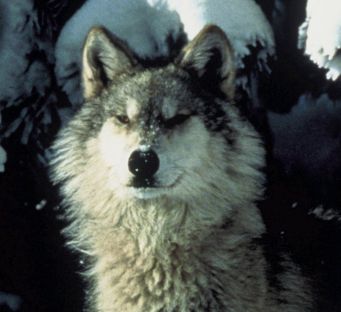
Almost every four years, an extra day is added to the month of February. What is the justification for February 29th? Put simply, it keeps the modern calendar in tune with celestial cycles.
Although a normal calendar year has 365 days, it actually takes the Earth 365.242 days to fully orbit the sun. This extra 0.242 adds up quickly over the years. Many cultures, since ancient times, have been adding days, weeks, and even months in order to compensate for this.
Older calendars were based on lunar months, which average 29.5 days; a year totaling 354 days. This caused many problems within the social structures. "The calendar in Rome had drifted so much that it was months off, and you might have the harvest holiday as seeds are being planted, things like that," historian David Duncan explained.
Once the true length of a solar year was determined, a calendar reform was to be implemented for the Roman Empire. Julius Caesar, ruler at the time, organized the Julian calendar into a 365-day year with a leap year every four years. Before this reform was initiated, the discrepancy needed to be fixed. So, in 46 B.C., he instituted a single year, known as the Year of Confusion, which was 445 days long!
So now everything was honky dory, right? Wrong...
By adding one day every four years, essentially every year had an extra 0.25 of a day. This is 0.008 days too much! This difference might appear minimal, but after 128 years it adds up to an entire day. By the late 16th century, the Julian calendar had drifted 10 days.
Then astronomers convinced Pope Gregory XIII that due to this drift all the Christian holidays were being celebrated on the wrong days. So, in 1582, the pope introduced the Gregorian calendar, which stated that only one out of every four 'century years' would be considered a leap year. So, 2000 and 2400 are leap years, but 2100, 2200, and 2300 are not.
The Gregorian calendar was adopted by most of the world and is still used today.









